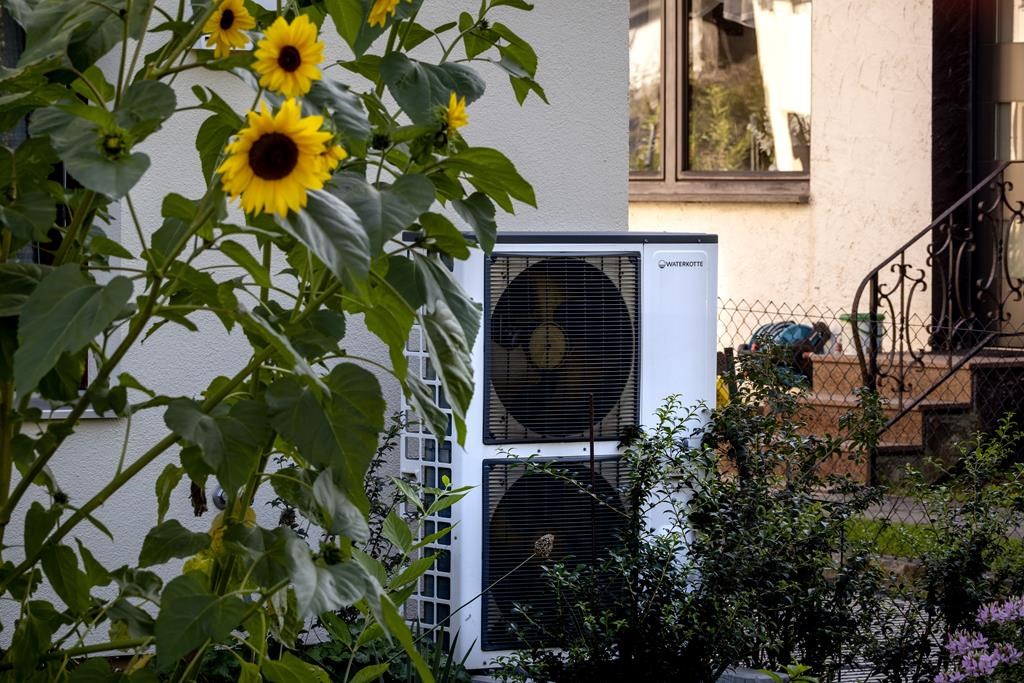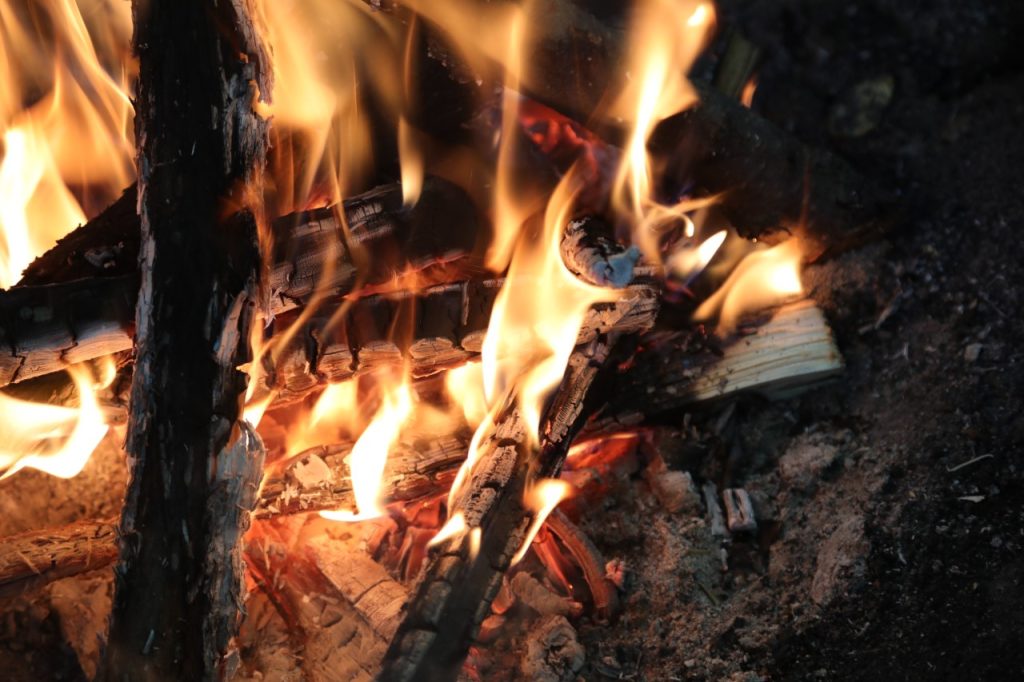June’s heatwave was deadliest weather event in Canadian history
Posted September 17, 2021 5:56 pm.
Last Updated September 17, 2021 10:10 pm.
VANCOUVER (NEWS 1130) – It claimed hundreds of lives and now we’re learning just how bad this summer’s heat dome really was.
A preliminary report from a panel of experts finds it was the deadliest weather event in this country’s history by a factor of three and thanks to climate change, it may happen again, sooner than later. The next worst weather incident was a heatwave in Montreal in 2010.
B.C.’s last major heatwave was In 2009 when the high temperatures mostly affected the Lower Mainland and 110 people died. The 2021 heat dome saw temperatures in some places across the province hit the mid-to-low 40s, while Lytton saw the mercury rise to just shy of 50 degrees Celsius.

Dr. Sarah Henderson, scientific director in environmental health services at the BC Centre for Disease Control, says no children died this summer but they did see deaths across all other age ranges.
“We speak about this as a one-in-1,000-year event and I want to point out, when this event started, temperatures were already unseasonably high for the province. We had temperatures from [June] 27 to the 29 that had simply never been recorded before across many, many parts of the province. Deaths increased above what’s normal all the way across the province,” she says.
“So, provincially over this one week period, the hottest one week, there was about 100 per cent increase in provincial mortality. When we look at that by health authority, we can see that Fraser and Vancouver Coastal Health authorities were the most impacted but there were impacts across all health authorities.”
Related Articles:
-
Province says B.C. ‘fully prepared’ for hottest day of latest heatwave
-
B.C. looking at long-term heatwave responses as high temperatures return
-
Deaths during B.C. heatwave surpass 800
-
Metro Vancouver heatwave: More records to fall as temperatures soar
Henderson adds the number of deaths were the most concentrated in the Lower Mainland and specifically in the Burnaby, New Westminster and Vancouver regions.
“Deaths occurred in all ages but they mostly occurred in older adults aged 50 years and older. Oftentimes, there is the perception that during these extreme hot weather events, it is only the most elderly who are at risk. They certainly are at risk, but I really want to emphasize that we saw pretty uniform increases over what we expected for all of the age groups 50 and over,” she explains.
“We’ll be digging deeply into the data to evaluate whether conditions such as diabetes or heart disease put people at higher risk.”

She adds health officials are working with the BC Coroners Service, which continues to investigate the fatalities.
“It will take a long time, they need to investigate each of those heat-related deaths individually. It’s a lot of work and they’re putting a lot of care into it.”
BC’s heatwave in June was the deadliest weather event in Canadian history: prelim. report.
Findings:
*Was a 1-in-1,000 yr. event
*Climate change a major factor
*Will happen again soon: DBH
*Most of BC’s pop. not used to hot weather/AC is rare
*Deaths occurred in mostly ppl 50+ pic.twitter.com/AEE0jBDUT3— Sonia Aslam (@SoniaSAslam) September 17, 2021
Provincial Health Officer Dr. Bonnie Henry acknowledges how difficult the heat dome was as the province struggled with so many other problems.
“We’ve had COVID and we’ve had our toxic drug crisis and we had started to see early indications of a very severe wildfire season,” she notes.
She admits most people don’t really think of heat as a risk factor in this province, but that’s now changed.
“Certainly wildfires are, earthquakes are, pandemics are. It does remind us that there are things that we need to now take into account more carefully.”
Dr. Henderson, along with Dr. Henry were among those involved in developing the first heat warning system in B.C.
“This had been something that has been in place in different jurisdictions across the country but has never seemed to be an important risk that we needed to mitigate with these types of actions here in British Columbia until the event in 2009.”
Henry says the heatwave we saw also typically happens later on in the summer as heat accumulates.
“Most of the population in British Columbia is not used to that type of intense heat and unlike many other parts of the country where they do experience it on a regular basis, we don’t have the same degree of air conditioning and other major measures in communities to protect against heat.”
The provincial government was slammed for not providing enough warning and doing enough, like opening cooling centres for longer hours, during the heatwave. Things also came to a head when Premier John Horgan, when pressed on the issue, responded with “fatalities are a part of life.” He later walked back that comment.










